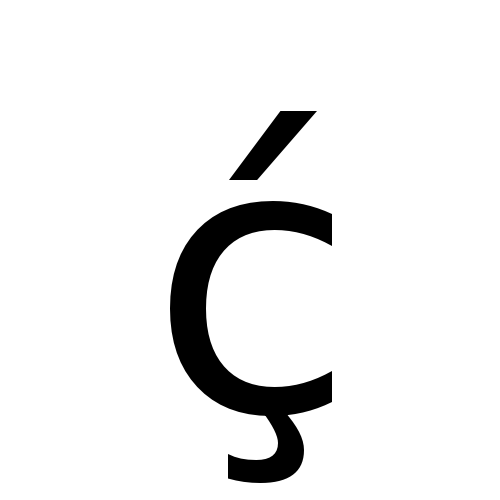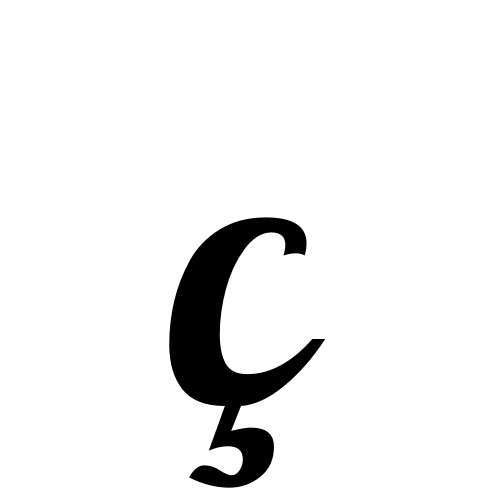C programming language Wikipedia
Table Of Content

This concludes our first part, and we merely scratched the surface of possibilities we have with pointers, which just shows how complex the seemingly simple concept of “it’s just a memory address” can really be. Next time, we continue with pointer arithmetic and some more complex pointer arrangements. Instead of accessing the GPIO register directly, we now store a reference to that register in a global variable, and later dereference that variable, which will let us access the actual register again. By the time led_on() is executed, the function doesn’t care anymore which I/O pin the LED is actually connected to. Admittedly, this particular example won’t quite justify the added complexity, we can achieve more or less the same with preprocessor macros. However, say we wanted to control multiple LEDs connected arbitrarily, or have a generic handler for polling multiple inputs, we could now store the references in an array and loop through it.
White House urges developers to dump C and C++
Some standard headers do define more convenient synonyms for underscored identifiers. Some of those words were added as keywords with their conventional spelling in C23 and the corresponding macros were removed. Many of these had already been implemented as extensions in several C compilers. There are several standard library functions for operating with string data (not necessarily constant) organized as array of char using this null-terminated format; see below. The result is a "pointer to int" variable (a) that points to the first of n contiguous int objects; due to array–pointer equivalence this can be used in place of an actual array name, as shown in the last line. The advantage in using this dynamic allocation is that the amount of memory that is allocated to it can be limited to what is actually needed at run time, and this can be changed as needed (using the standard library function realloc).
Memory management

Break is used to leave the innermost enclosing loop statement and continue is used to skip to its reinitialisation. There is also a non-structured goto statement which branches directly to the designated label within the function. Switch selects a case to be executed based on the value of an integer expression. Different from many other languages, control-flow will fall through to the next case unless terminated by a break. Dereferencing a null pointer value is undefined, often resulting in a segmentation fault.
C syntax
Unlike structures, the components of a union all refer to the same location in memory. In this way, a union can be used at various times to hold different types of objects, without the need to create a separate object for each new type. The application programming interface (API) of the C standard library is declared in a number of header files. Each header file contains one or more function declarations, data type definitions, and macros. Structures and unions in C are defined as data containers consisting of a sequence of named members of various types.

Although the syntax for parameter declarations was augmented to include the style used in C++, the K&R interface continued to be permitted, for compatibility with existing source code. C is an imperative procedural language, supporting structured programming, lexical variable scope, and recursion, with a static type system. It was designed to be compiled to provide low-level access to memory and language constructs that map efficiently to machine instructions, all with minimal runtime support. Despite its low-level capabilities, the language was designed to encourage cross-platform programming. A standards-compliant C program written with portability in mind can be compiled for a wide variety of computer platforms and operating systems with few changes to its source code.
Rising C++ closes in on C language
Unnamed fields consisting of just a colon followed by a number of bits are also allowed; these indicate padding. Future statements can then use the specifier s_type (instead of the expanded struct ... specifier) to refer to the structure. C's string-literal syntax has been very influential, and has made its way into many other languages, such as C++, Objective-C, Perl, Python, PHP, Java, JavaScript, C#, and Ruby.
References
Thus members cannot be an instance of the structure or union being declared (because it is incomplete at that point) but can be pointers to the type being declared. Strings, both constant and variable, can be manipulated without using the standard library. However, the library contains many useful functions for working with null-terminated strings.
Comparison to standard libraries of other languages
Objects with allocated storage duration are created and destroyed explicitly with malloc, free, and related functions. The representation of some types may include unused "padding" bits, which occupy storage but are not included in the width. The following table provides a complete list of the standard integer types and their minimum allowed widths (including any sign bit). All the operators (except typeof) listed exist in C++; the column "Included in C", states whether an operator is also present in C.
2024 NFL Draft grades, second round: Bills get C- for Keon Coleman; Eagles earn A- for Cooper DeJean - CBS Sports
2024 NFL Draft grades, second round: Bills get C- for Keon Coleman; Eagles earn A- for Cooper DeJean.
Posted: Sat, 27 Apr 2024 01:35:00 GMT [source]
After preprocessing, at the highest level a C program consists of a sequence of declarations at file scope. These may be partitioned into several separate source files, which may be compiled separately; the resulting object modules are then linked along with implementation-provided run-time support modules to produce an executable image. Individual character constants are single-quoted, e.g. 'A', and have type int (in C++, char).
Pointers can be dereferenced to access data stored at the address pointed to, or to invoke a pointed-to function. The run-time representation of a pointer value is typically a raw memory address (perhaps augmented by an offset-within-word field), but since a pointer's type includes the type of the thing pointed to, expressions including pointers can be type-checked at compile time. Pointer arithmetic is automatically scaled by the size of the pointed-to data type. The type system in C is static and weakly typed, which makes it similar to the type system of ALGOL descendants such as Pascal.[36] There are built-in types for integers of various sizes, both signed and unsigned, floating-point numbers, and enumerated types (enum).
The else part is optional and, if absent, a false will simply result in skipping over the . An else always matches the nearest previous unmatched if; braces may be used to override this when necessary, or for clarity. We all love LEDs, and toggling LEDs is always a good example, but let’s assume that we cannot commit to one specific I/O pin that should control our LED, and we rather keep our options open to easily change that later on, maybe even during runtime. To make sure we’re on the same page, we start with a recap of pointer syntax, how to assign and use them, and how not to use them. The opening curly brace indicates the beginning of the definition of the main function. The int type specifiers which are commented out could be omitted in K&R C, but are required in later standards.
This implies that an array is never copied as a whole when named as an argument to a function, but rather only the address of its first element is passed. Therefore, although function calls in C use pass-by-value semantics, arrays are in effect passed by reference. C is often used in low-level systems programming where escapes from the type system may be necessary. Separate tools such as Unix's lint utility were developed that (among other things) could check for consistency of function use across multiple source files. Most of them also express highly similar syntax to C, and they tend to combine the recognizable expression and statement syntax of C with underlying type systems, data models, and semantics that can be radically different. C (pronounced /ˈsiː/ – like the letter c)[6] is a general-purpose computer programming language.
C functions are akin to the subroutines of Fortran or the procedures of Pascal. When return is followed by an expression, the value is returned to the caller as the value of the function. Encountering the end of the function is equivalent to a return with no expression. In that case, if the function is declared as returning a value and the caller tries to use the returned value, the result is undefined. The members of bit fields do not have addresses, and as such cannot be used with the address-of (&) unary operator.
R, S and T stand for any type(s), and K for a class type or enumerated type. The influence of The C Programming Language on programmers, a generation of whom first worked with C in universities and industry, has led many to accept the authors' programming style and conventions as recommended practice, if not normative practice. For example, the coding and formatting style of the programs presented in both editions of the book is often referred to as "K&R style" or the "One True Brace Style" and became the coding style used by convention in the source code for the Unix and Linux kernels. Historically, embedded C programming requires nonstandard extensions to the C language in order to support exotic features such as fixed-point arithmetic, multiple distinct memory banks, and basic I/O operations. In addition, the C99 standard requires support for identifiers using Unicode in the form of escaped characters (e.g. \u0040 or \U0001f431) and suggests support for raw Unicode names. While C does not include certain features found in other languages (such as object orientation and garbage collection), these can be implemented or emulated, often through the use of external libraries (e.g., the GLib Object System or the Boehm garbage collector).
Nowadays, almost all new languages adopt or build upon C-style string syntax. Again, reading from left to right, this accesses the 5th row, and the 4th element in that row. The expression array2d[4] is an array, which we are then subscripting with [3] to access the fourth integer.
Expressions before a sequence point are always evaluated before those after a sequence point. In the case of short-circuit evaluation, the second expression may not be evaluated depending on the result of the first expression. For example, in the expression (a() || b()), if the first argument evaluates to nonzero (true), the result of the entire expression cannot be anything else than true, so b() is not evaluated. Similarly, in the expression (a() && b()), if the first argument evaluates to zero (false), the result of the entire expression cannot be anything else than false, so b() is not evaluated.
Comments
Post a Comment